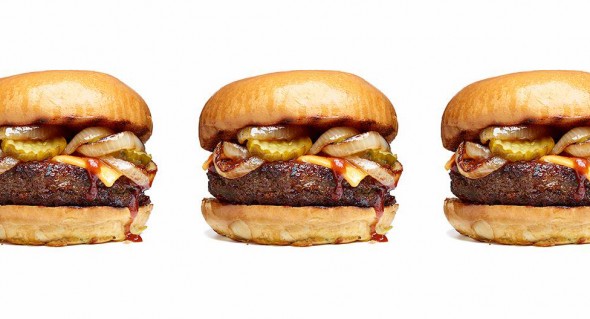- Water use for fracking has risen by up to 770 percent since 2011
- Taking a deep look: a near infrared fluorescent dye for long term bioimaging
- AI model ‘learns’ from patient data to make cancer treatment less toxic
- How to protect yeast from damage in biofuel production
- Crowdsourcing algorithms to predict epileptic seizures
- Designer polymers on demand
- Fat-blocking effect of nanofibers discovered
- Scientists create biodegradable, paper-based biobatteries
- Optimizing airport flight patterns take a toll on human health
- New method makes spinning collagen microfibres quicker, cheaper, and easier
- Machine learning technique reconstructs images passing through a multimode fiber
- Viewing cancer treatment as a game to find strategies that improve patient outcomes
- New 3D-printed device could help treat spinal cord injuries
- Blocking sunlight to cool Earth won’t reduce crop damage from global warming
- Balloon-borne telescope looks for cosmic gamma rays
- Expedition probes ocean’s smallest organisms for climate answers
- Compound discovered that targets cancer cells lacking the protective p53 ‘guardian gene’
- New interactive machine learning tool makes car designs more aerodynamic
- For UW physicists, the 2-D form of tungsten ditelluride is full of surprises
- Popular encryption software: Researchers help close security hole
- Satellite measurements of the Earth’s magnetosphere promise better space weather forecasts
- Tying down electrons with nanoribbons
- Taming defects in nanoporous materials to put them to a good use
- Holding law enforcement accountable for electronic surveillance
